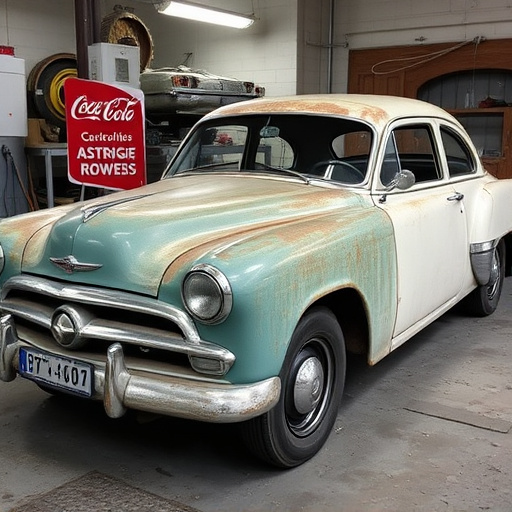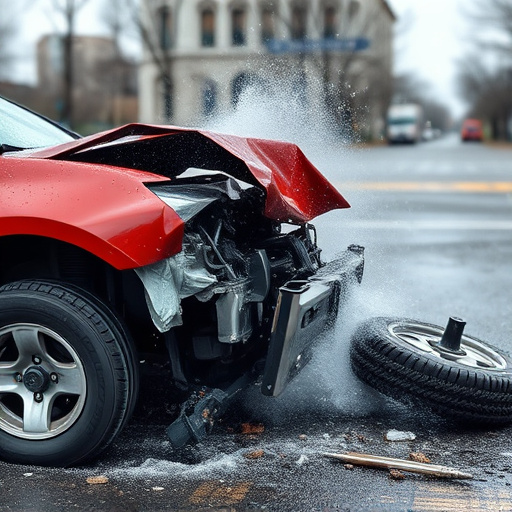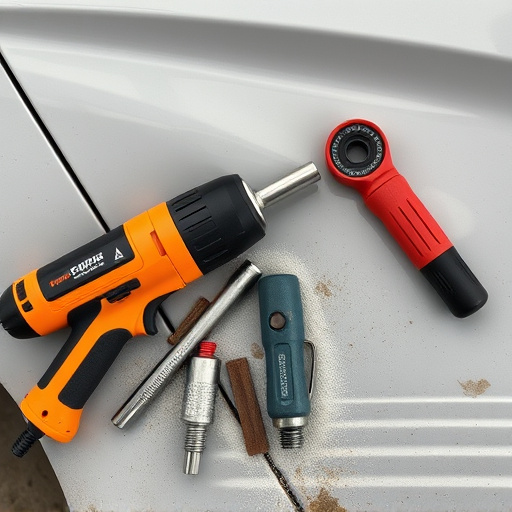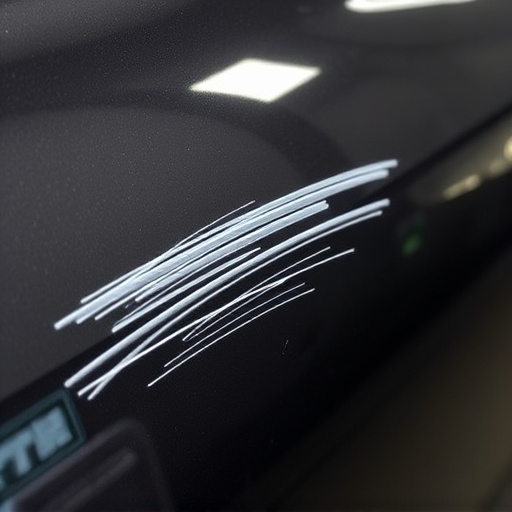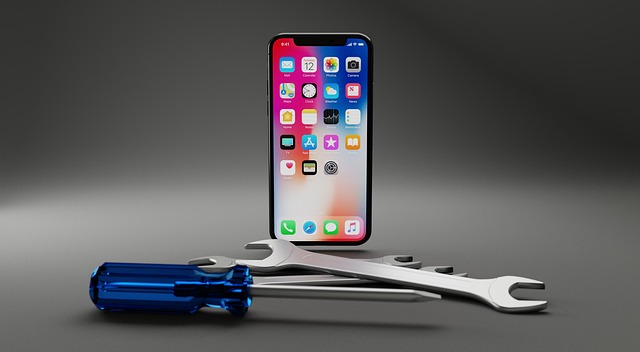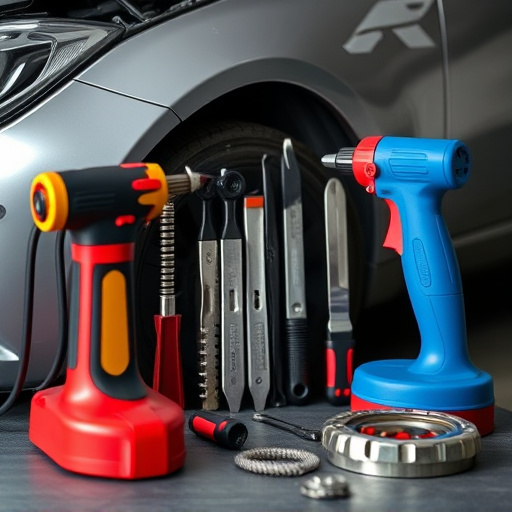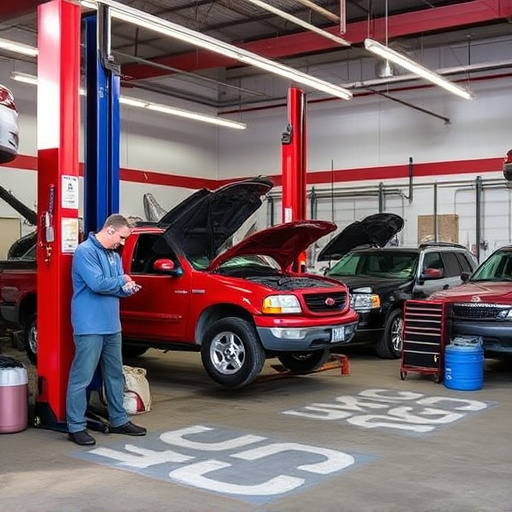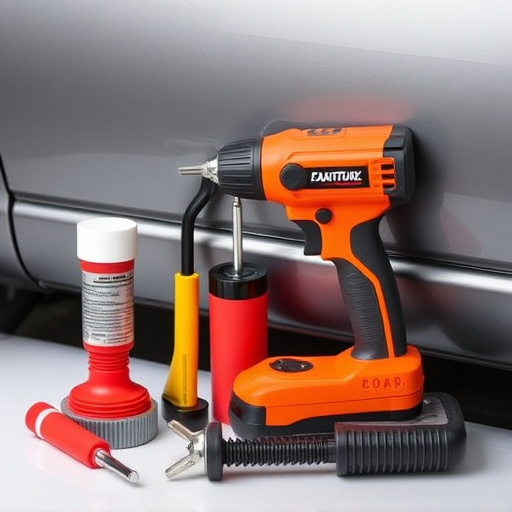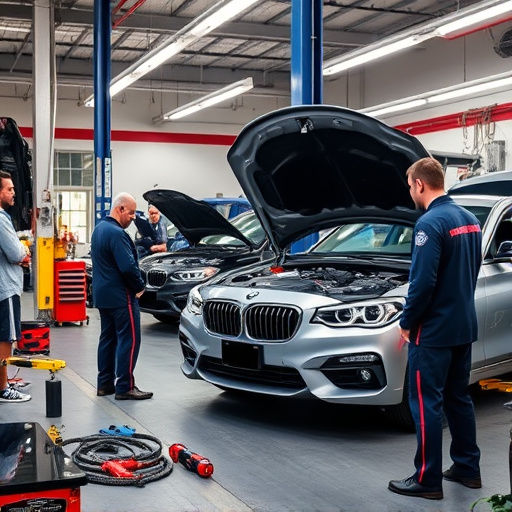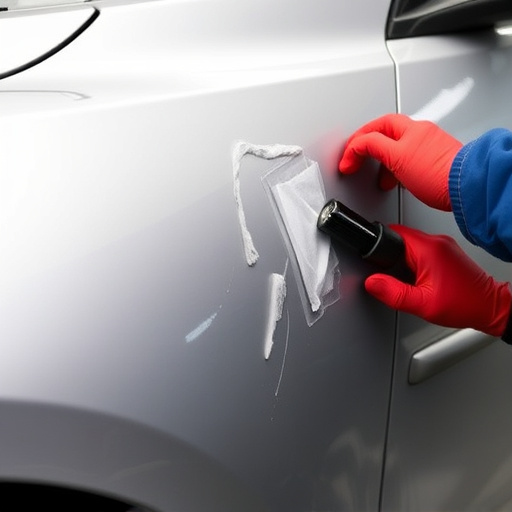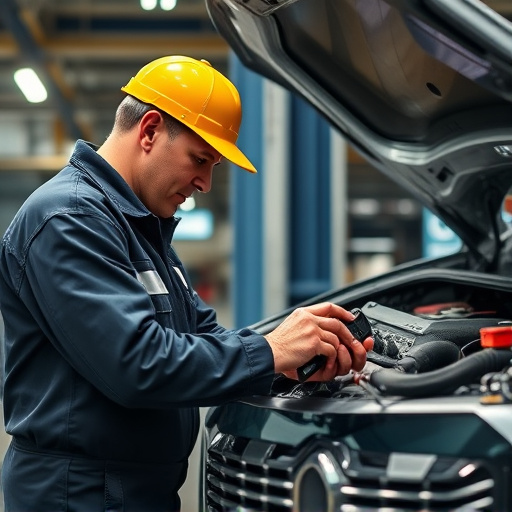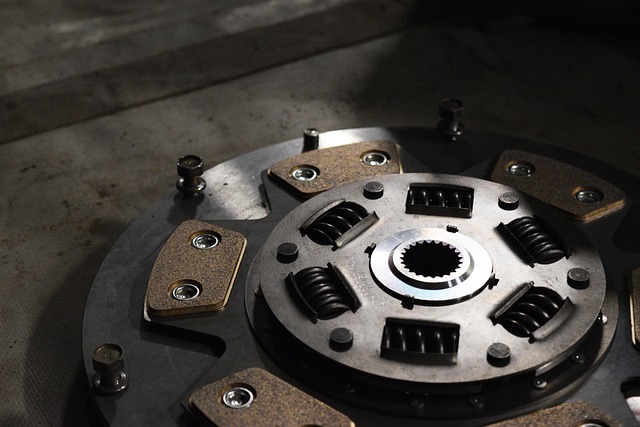Eco-friendly collision repair is transforming the automotive industry with sustainable practices that reduce environmental impact, enhance vehicle durability, and promote a circular economy. By using biodegradable materials, water-based paints, recycled parts, and green adhesives, auto body shops can cut carbon emissions, minimize waste, and extend vehicle lifespans. This approach aligns with global sustainability goals, contributes to healthier local environments, and saves consumers money in the long run.
“Eco-friendly collision repair is transforming the automotive industry, offering a sustainable alternative to traditional methods. This article explores how green repair techniques significantly contribute to long-term vehicle durability while minimizing environmental impact. We delve into the contrast between conventional and eco-conscious approaches, focusing on their effects on car longevity and the planet’s future. By adopting sustainable practices, collision centers can ensure vehicles are not just fixed but enhanced, ultimately benefiting both owners and the ecosystem at large.”
- The Impact of Traditional vs Eco-Friendly Collision Repair Techniques
- Longevity and Sustainability: How Eco-Friendly Practices Enhance Vehicle Durability
- Benefits for the Environment and Future Generations: A Look at the Big Picture
The Impact of Traditional vs Eco-Friendly Collision Repair Techniques
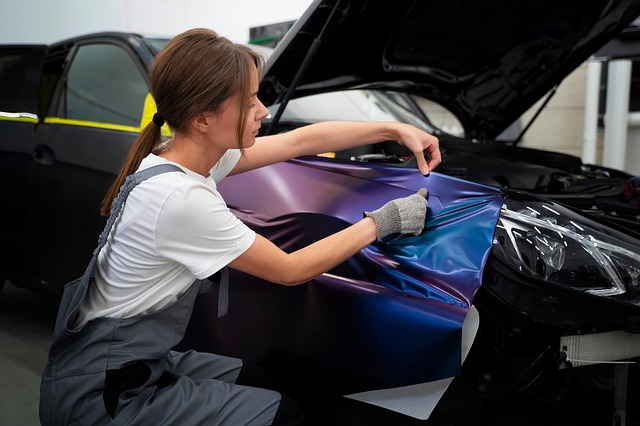
In the realm of vehicle collision repair, traditional methods often involve heavy reliance on toxic chemicals and energy-intensive processes, leaving a significant environmental footprint. This contrasts sharply with the growing popularity of eco-friendly collision repair techniques, which prioritize sustainability and minimal ecological impact. By adopting greener practices, such as using biodegradable materials, water-based paints, and advanced, less harmful cleaning agents, auto body shops can significantly reduce their carbon emissions and contribute to a cleaner environment.
The shift towards eco-friendly collision repair not only benefits the planet but also supports long-term vehicle durability. These modern techniques focus on precise auto detailing and restoration, ensuring that vehicles not only look like new but also perform optimally. This meticulous approach leverages advanced technologies and materials that enhance structural integrity, improve paint finishes, and preserve the overall aesthetic appeal of the vehicle, ultimately extending its lifespan and reducing the need for frequent repairs or replacements.
Longevity and Sustainability: How Eco-Friendly Practices Enhance Vehicle Durability

Eco-friendly collision repair practices go beyond merely fixing damaged vehicles; they focus on longevity and sustainability, significantly enhancing vehicle durability. By utilizing eco-conscious materials and techniques, such as recycled parts and green adhesives, these methods minimize the environmental impact while ensuring car body restoration to its original condition or even improving it. This approach not only conserves resources but also creates a more robust and resilient vehicle structure.
Additionally, eco-friendly collision repair prioritizes efficient energy usage and reduces waste generation, contributing to a circular economy. The focus on car restoration through these practices ensures that vehicles can serve their owners for longer periods, reducing the need for frequent replacements. This sustainability in vehicle bodywork not only saves costs for consumers but also alleviates the environmental strain associated with manufacturing new cars.
Benefits for the Environment and Future Generations: A Look at the Big Picture

Eco-friendly collision repair isn’t just a trend; it’s a necessary shift towards sustainability and longevity in the automotive industry. By adopting eco-conscious practices, collision repair shops can significantly reduce their environmental footprint. This includes minimizing waste, promoting recycling, and utilizing non-toxic materials during repairs. These measures not only benefit the immediate surroundings but also contribute to a healthier planet for future generations.
When a collision repair shop prioritizes sustainability, it goes beyond surface-level changes. It fosters a culture of responsible resource management, from using water-based paints that reduce volatile organic compound (VOC) emissions to recycling metal and plastic parts. These practices not only decrease pollution but also conserve natural resources, ensuring that our children and grandchildren inherit a cleaner, more livable environment.
Eco-friendly collision repair isn’t just a trend; it’s a necessary step towards ensuring long-term vehicle durability and protecting our environment. By adopting sustainable practices, we can reduce waste, minimize ecological impact, and create a more resilient transportation system. The benefits extend far beyond individual vehicles, contributing to a greener future for generations to come. Embracing eco-friendly collision repair techniques is a key component in balancing automotive care with environmental responsibility.
